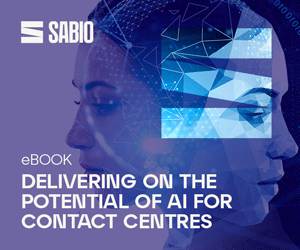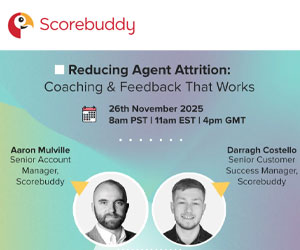Back in 2011, Boston College performed an interesting study involving everyone’s favourite energy drink, Red Bull, and the behaviour it evoked in study participants.
In brief, the study asked a number of participants to “drive” a car in a video game and they measured several factors, including speed, power, aggressive behaviour and risk-taking.
Interestingly, those driving the cars painted with a Red Bull logo consistently drove faster and more aggressively than other participants, apparently because of the subconscious cues delivered by the soft drink’s branding and market personality.
Six years later, the outcomes of this study hold true – customers’ emotional and subconscious responses to your brand account for a good half of the total Customer Experience.
In the case of Red Bull, the brand has built a consistent global personality not only through its unique advertising, but also by its involvement in some of the more extreme and unusual sports, like street luge, full-contact ice-skating and the ever-popular Red Bull Flight Day.
The emotional response to their brand tends towards the extreme, and they play that up beautifully by focusing on presenting the brand characteristics that evoke that response.
In the six years since this study, the advertising and marketing world has changed significantly. Social media has now taken the wheel and is driving marketing and branding for everyone from micro-enterprises to massive global corporates, and the emotional response is becoming more important than ever as a result.
With the incredible speed at which actions provoke reactions on media like Twitter and Facebook, it is becoming absolutely critical for any brand to measure and manage the emotional responses that it evokes in existing and potential customers. It can take years to build a brand, but just one wrong tweet to shatter that image.
But branding is about more than just image. After all, branding is one aspect, albeit a vital one, of the total customer experience, and by managing your brand’s emotionality with care, you will be able to dictate, to a certain extent, the way customers experience your business.
Red Bull is far from being the only brand that manages its Customer Experiences from an emotional viewpoint. Think of Doritos with its over-the-top, ridiculous situations that very tangentially involve the triangular chip. The chip itself is never the main star of their advertising, but it is shown to be an irresistible and vital element in any out-there fun.
By creating this subconscious link with craziness and wild fun, the chip becomes a necessary ingredient in any party that the customer wants to enjoy. The Doritos Customer Experience becomes one of frivolity, of not taking things too seriously.
These two examples do tend towards the lighter side of life, but many other brands are using the full range of human emotions to create a Customer Experience – everything from fear to joy, causing reactions including laughter, crying, anger and even a sense of hope.
Harnessing the power of human emotion can be a powerful tool for your brand, but it is important to be consistent to create the Customer Experience you desire. Inconsistent emotional triggers leave customers feeling confused at best, and apathetic at worst.
Your customers want to know what they should expect from you, and your brand-building is the way to show them what their experience of your company should be.
Work on creating and building a brand that always provokes responses within a narrow range of emotions, then consistently deliver a Customer Experience that lives up to that branding, and you will easily cement your place in the market.
Author: Guest Author
Published On: 9th May 2017 - Last modified: 22nd Sep 2017
Read more about - Archived Content





























